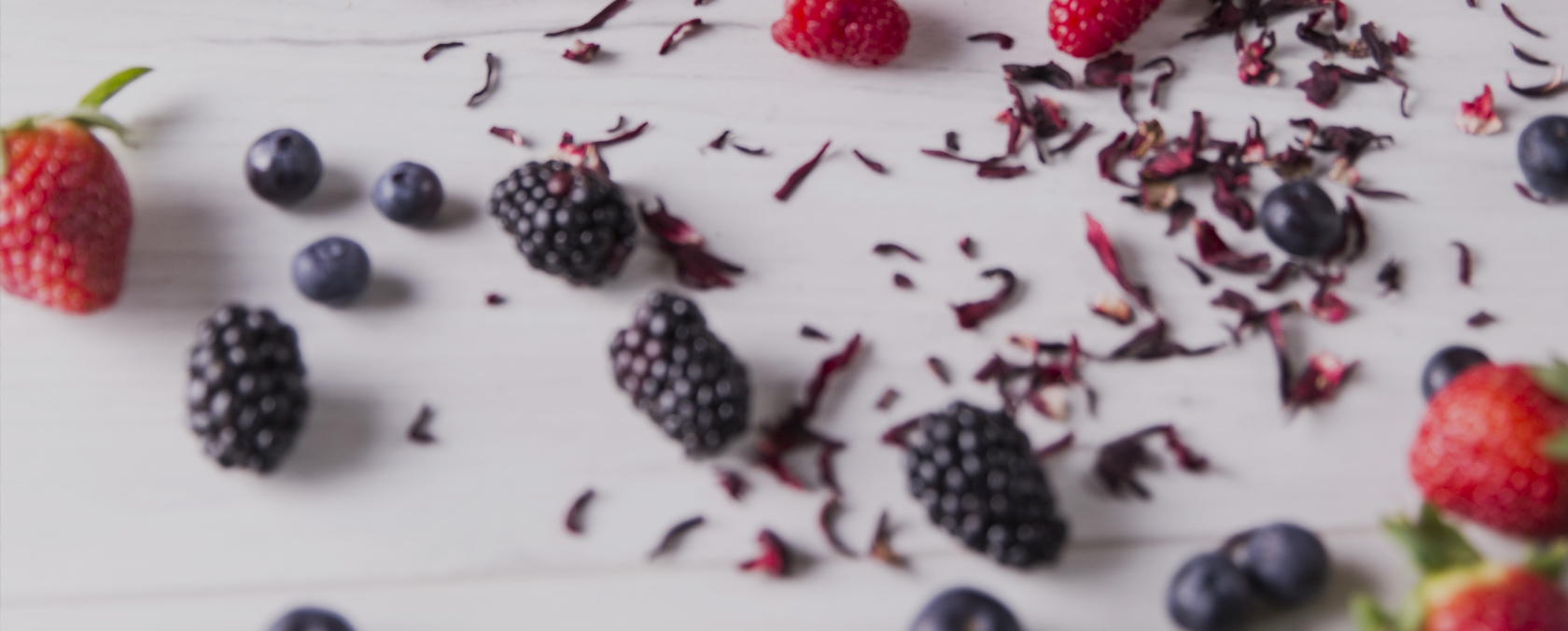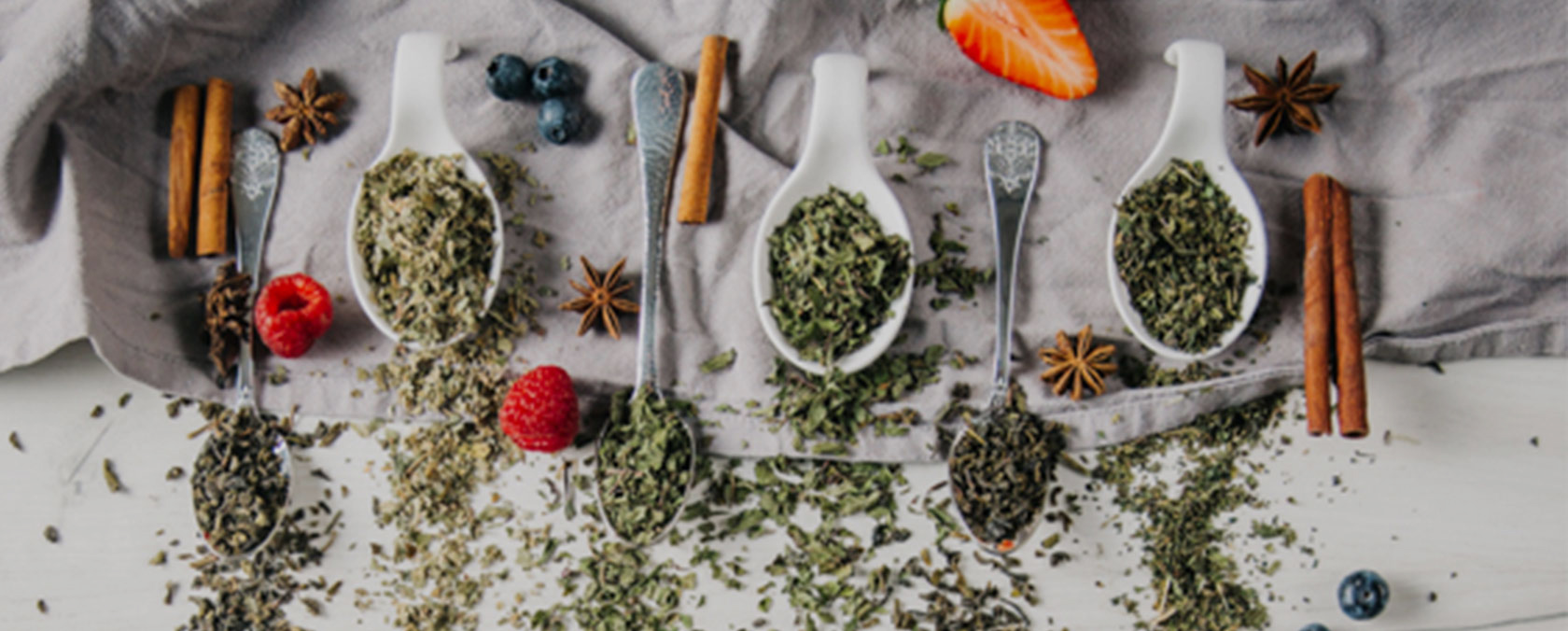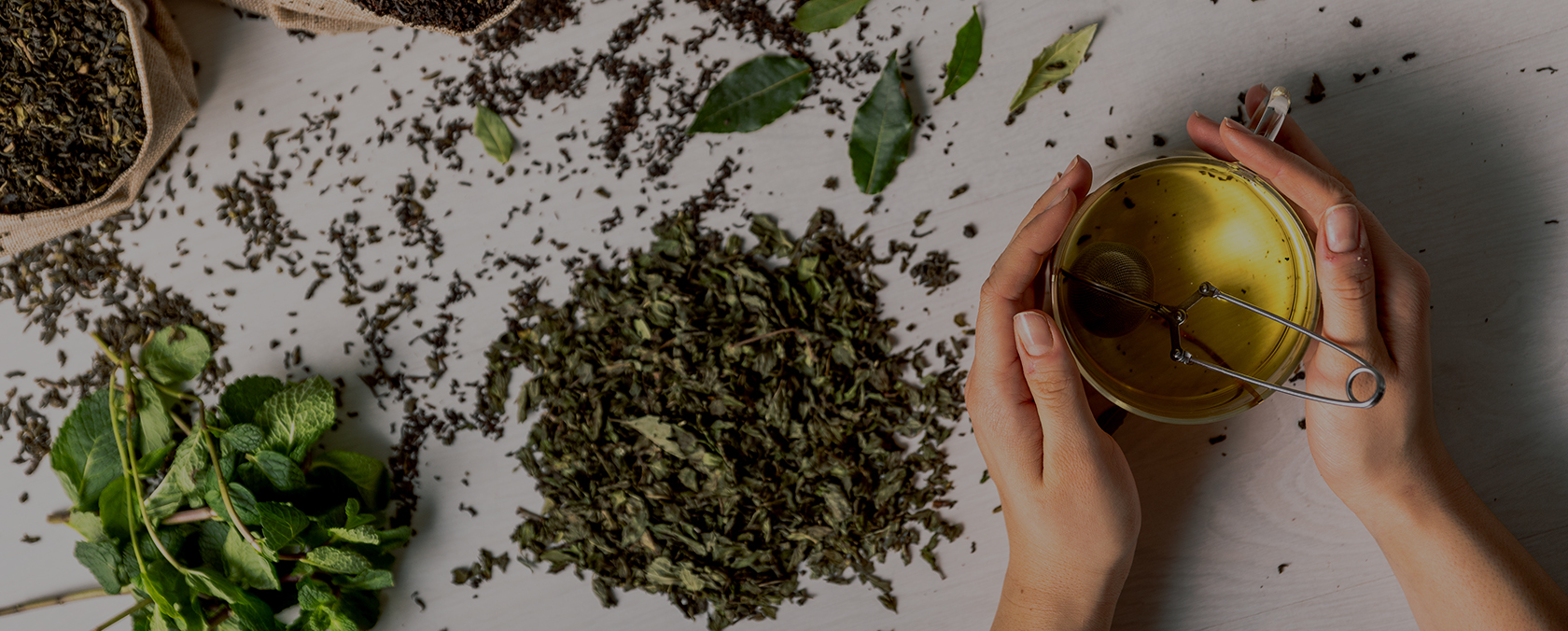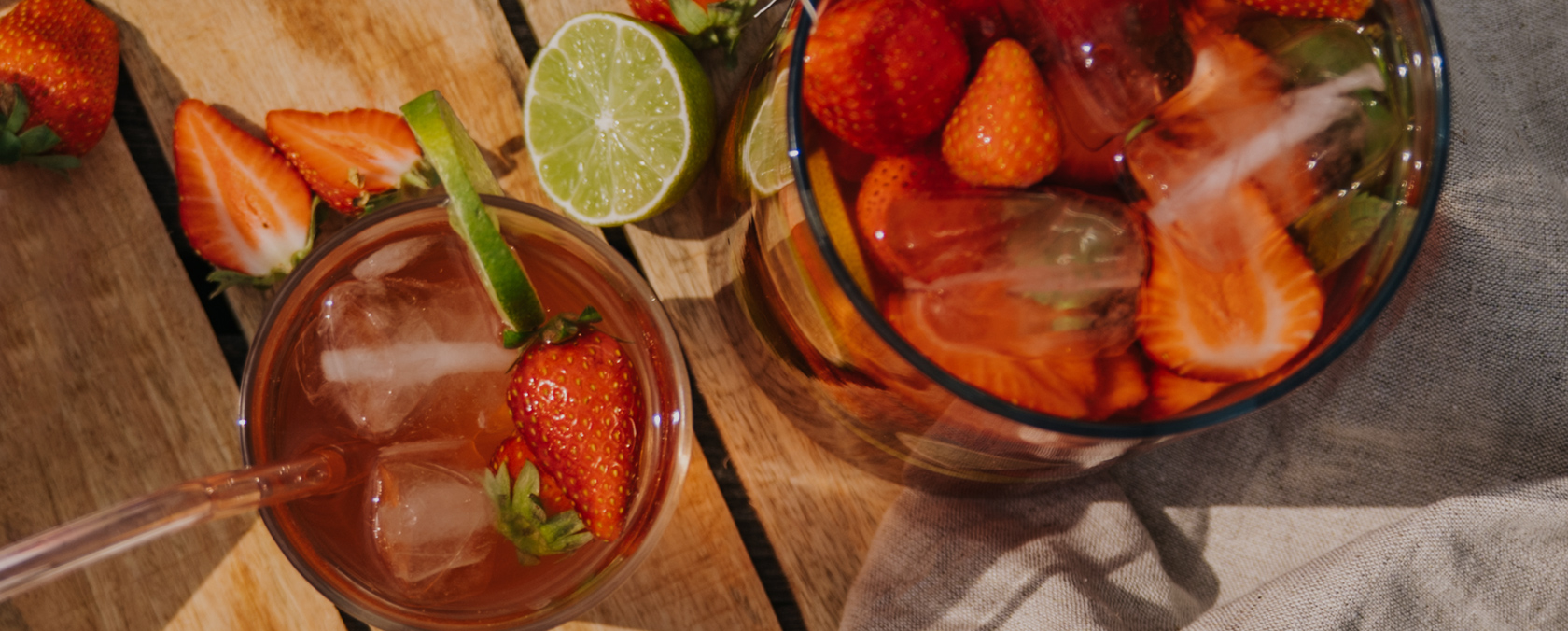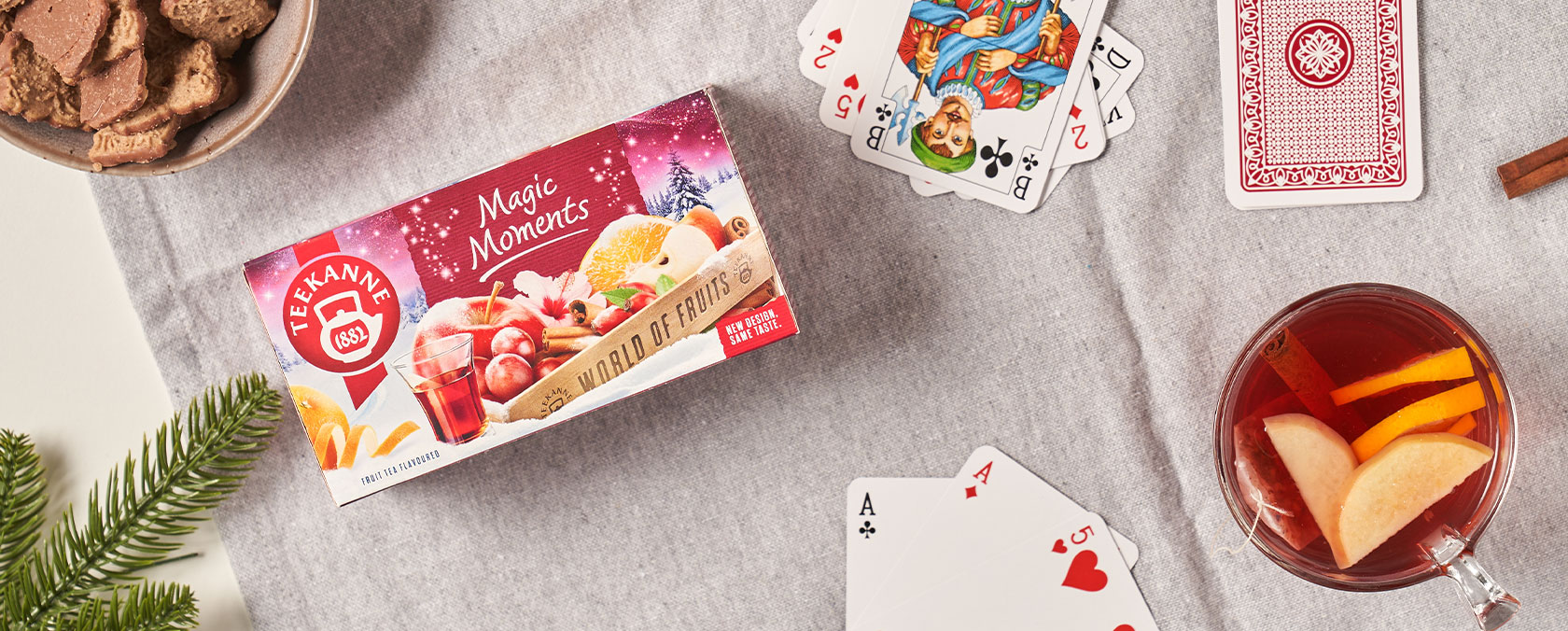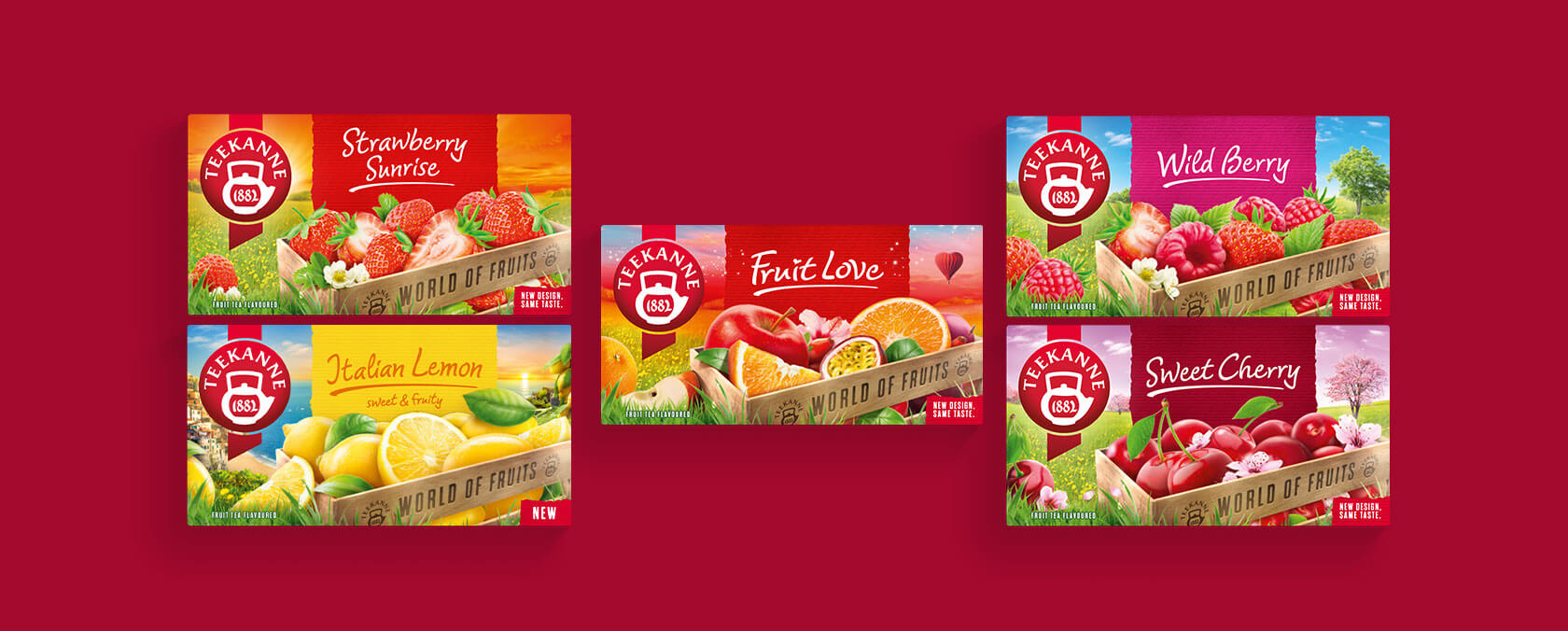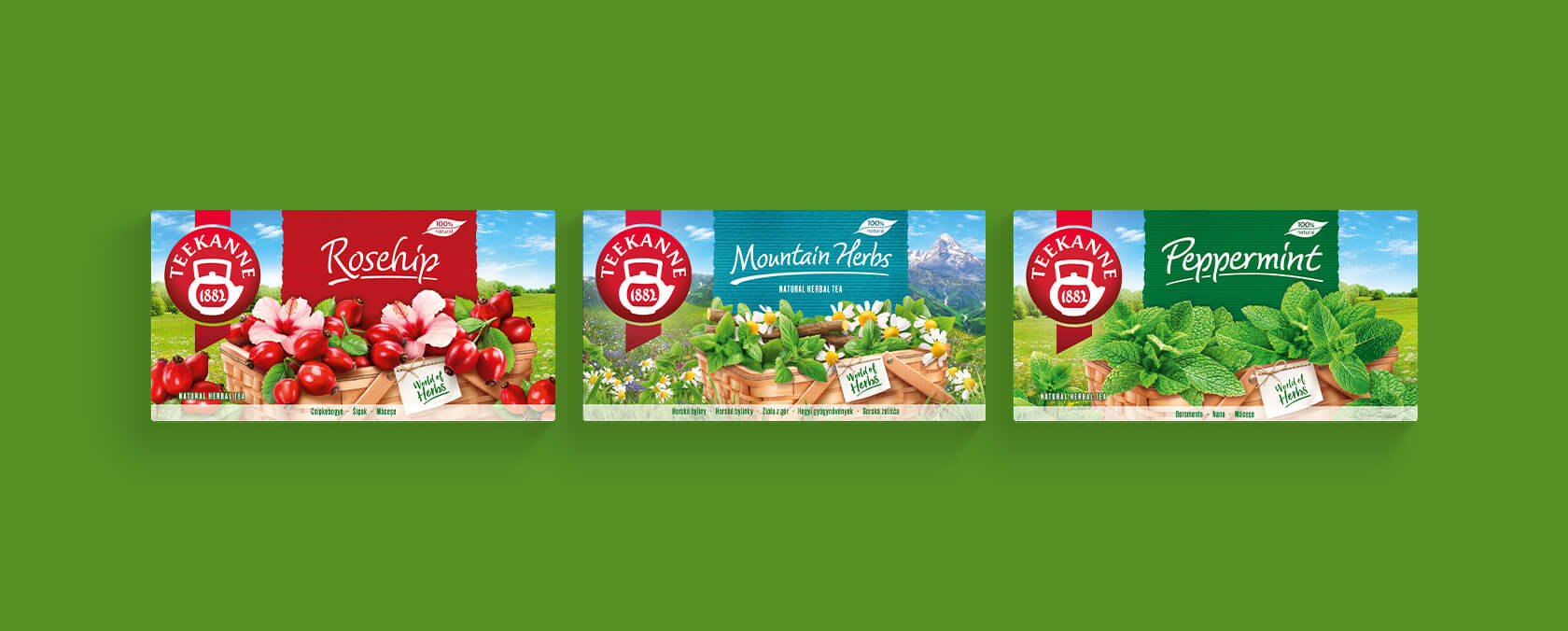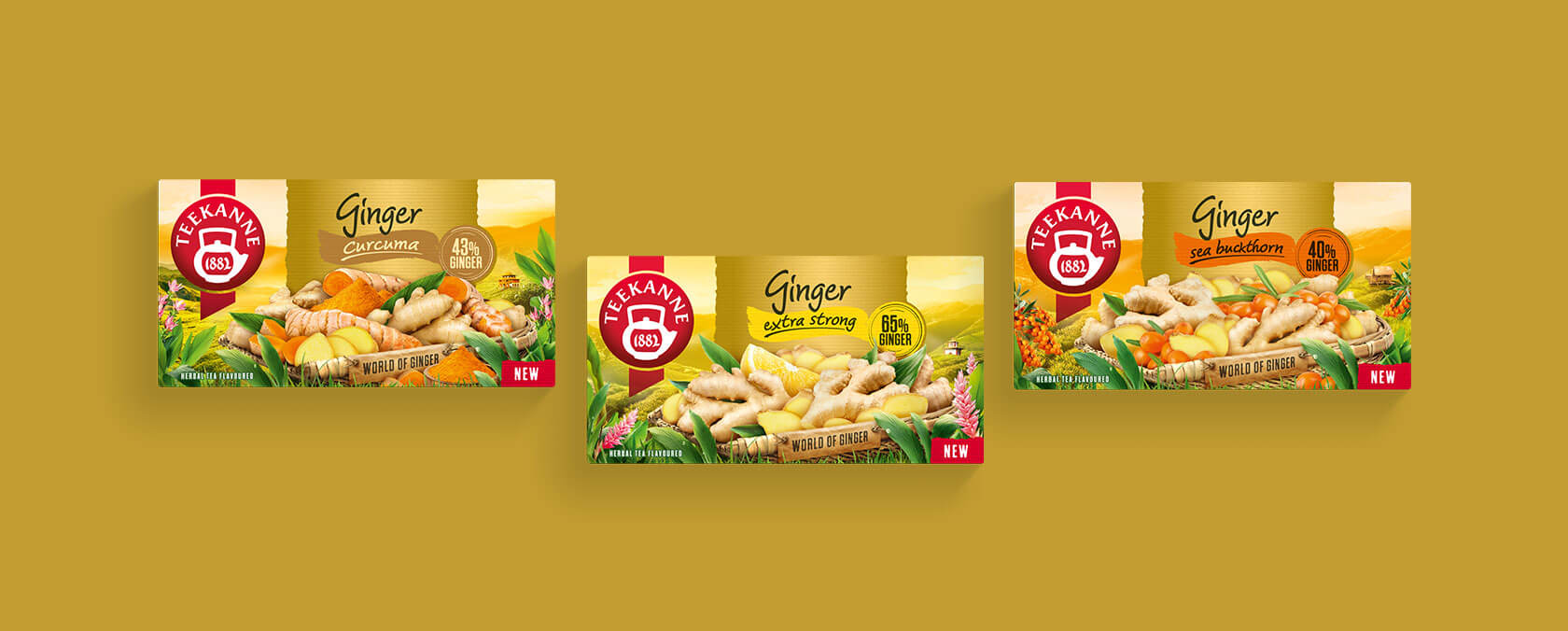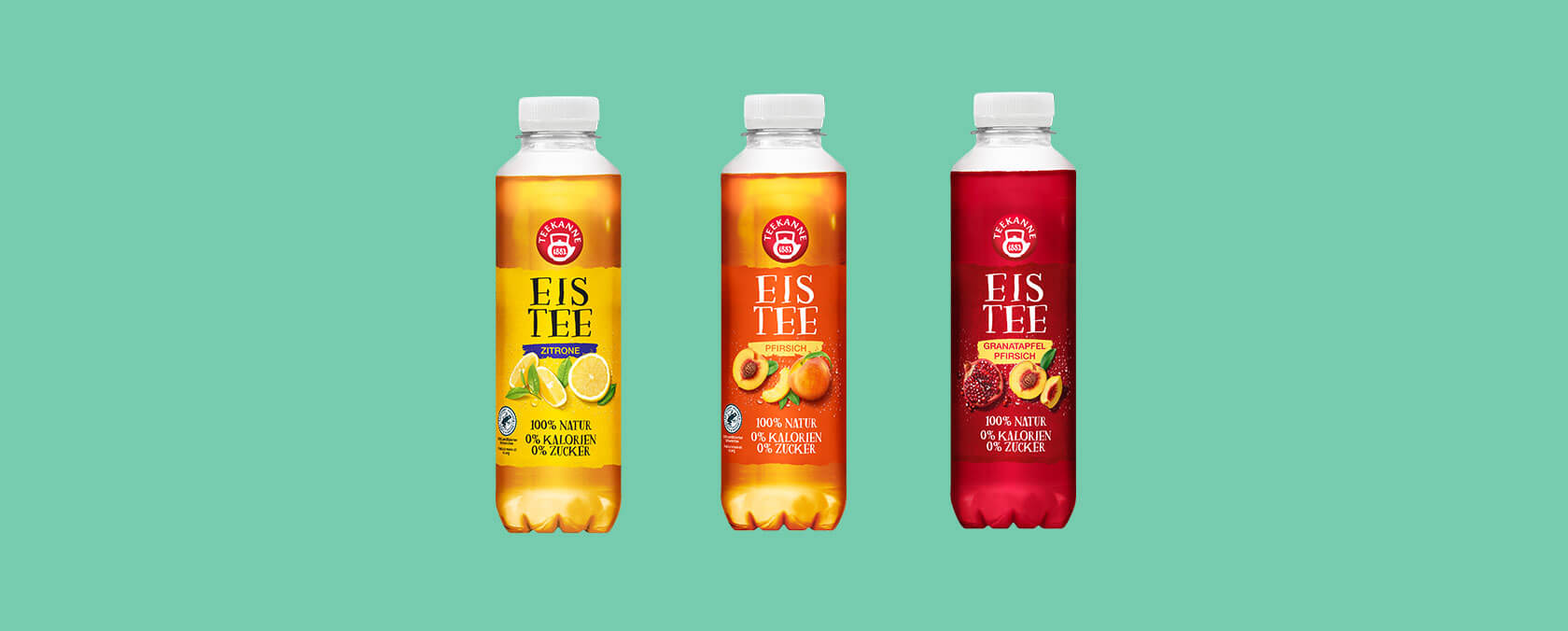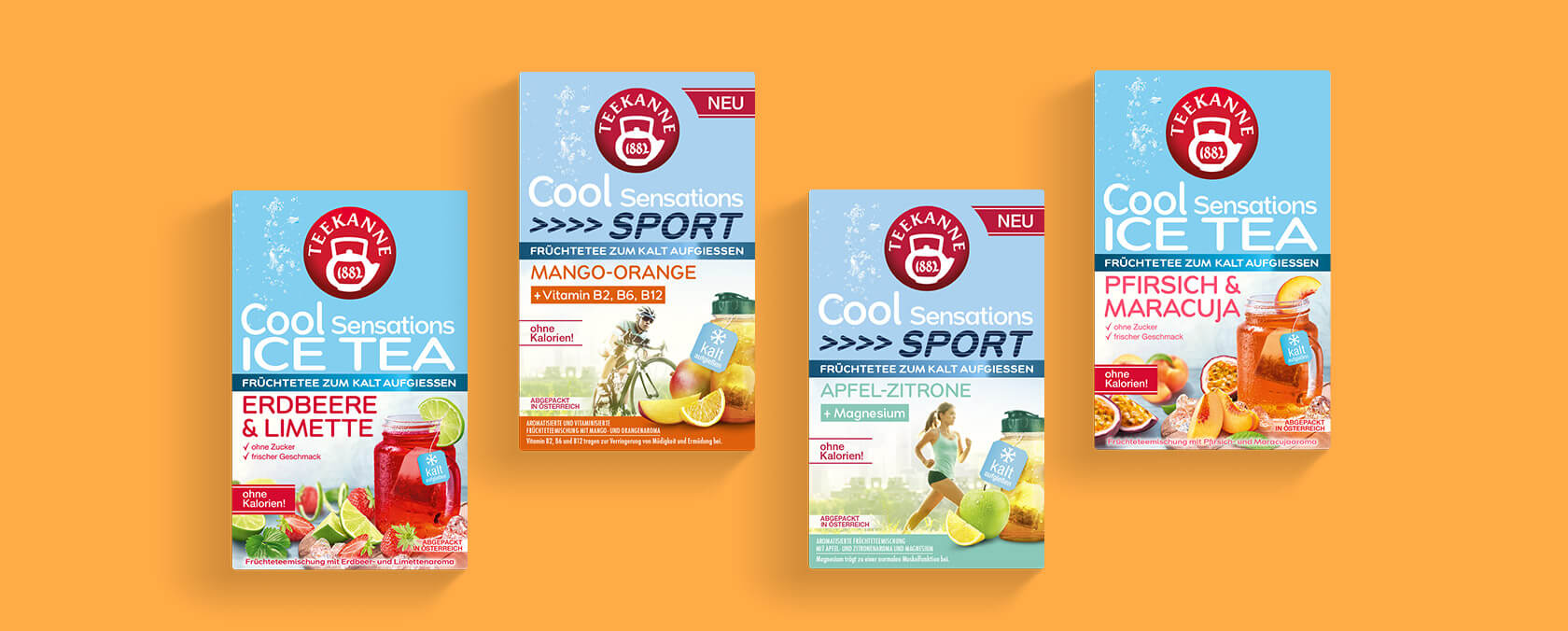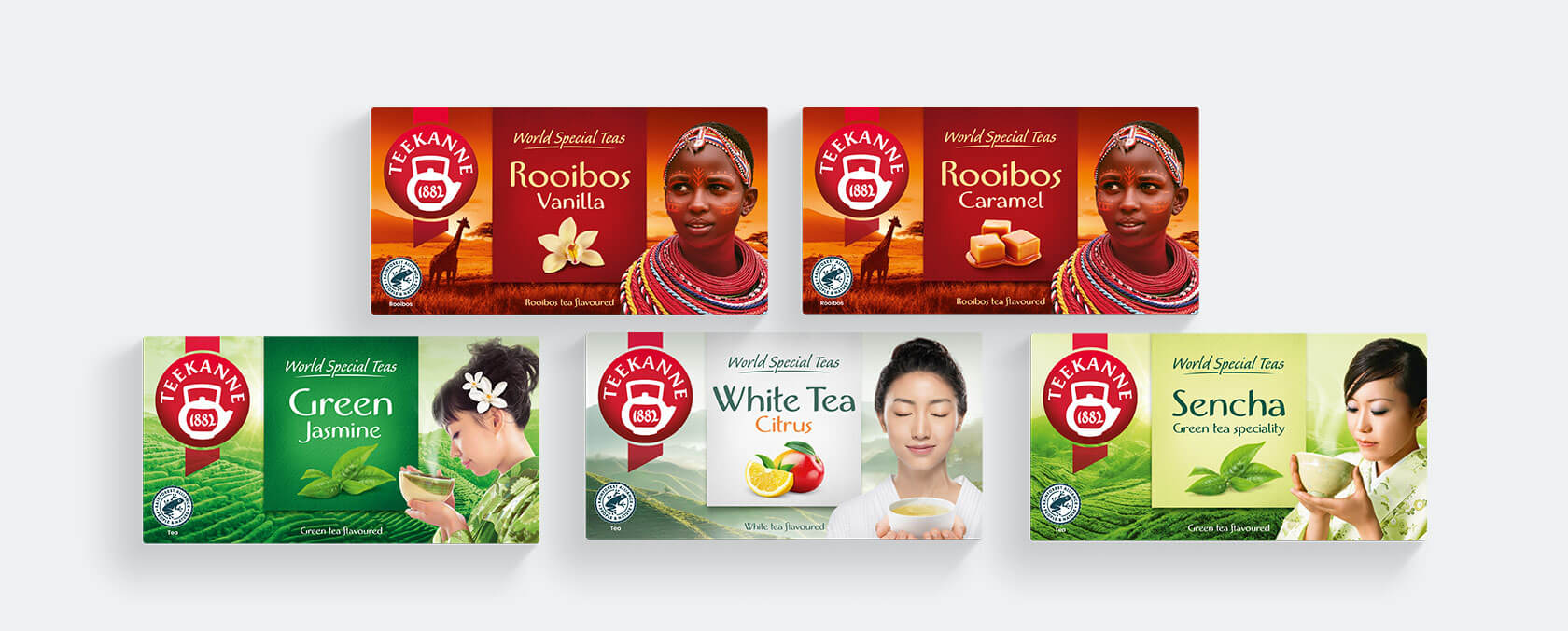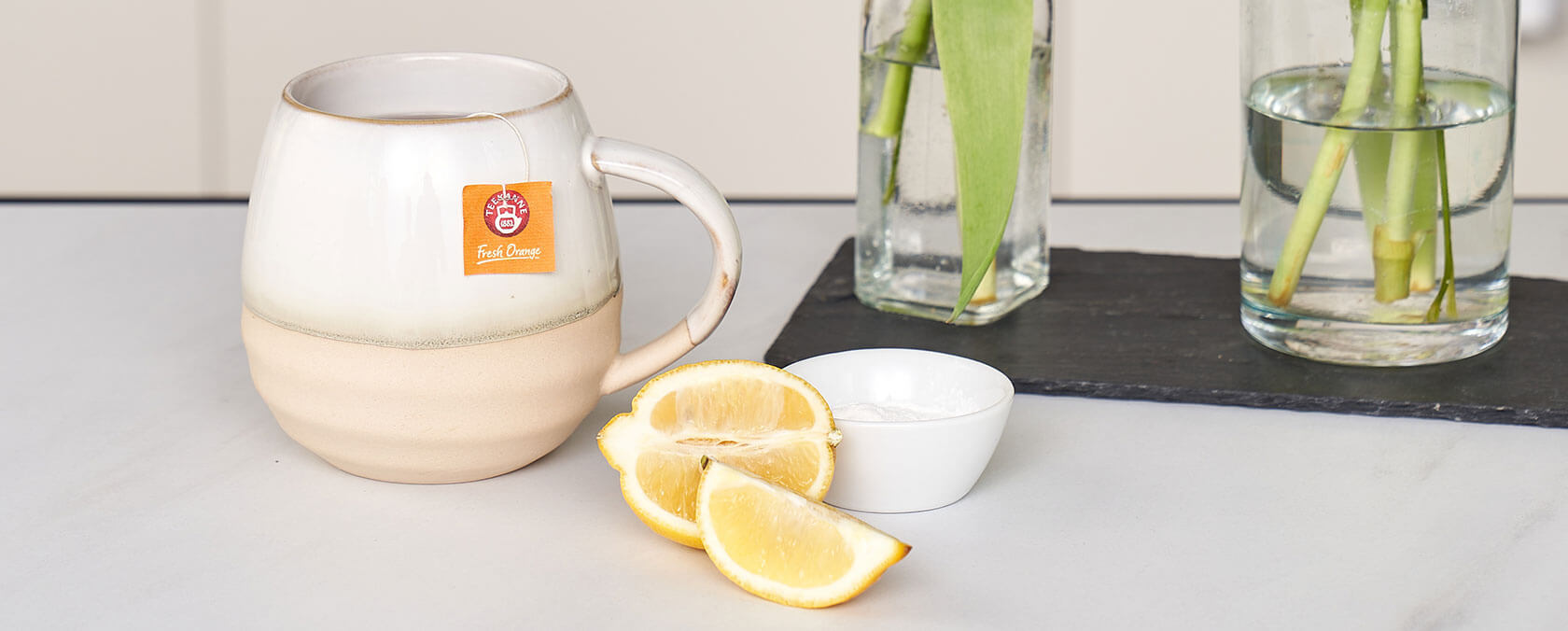FAQ
Tea has had a long and storied history, and has an exciting and delicious future ahead of it. So it’s no wonder that there are so many interesting and flavourful questions about tea. TEEKANNE is pleased to answer your questions and help you discover the delicate secrets of the aromatic beverage.
The name “East Frisian tea” of course seems to say that the tea is grown in East Friesland, but the rough climate there is not at all suitable for growing tea. It is actually the name of a specific flavour of tea that is very popular in East Friesland.
The East Frisian tea blend is based on a strong, balanced, malty Assam tea that is rounded off with high-quality Darjeeling, Ceylon, Java or Sumatra varieties depending on the specific recipe. The East Frisians like their tea best with “kluntjes” (rock sugar) and “rohm” (cream)
The popular flavoured black tea is named after Earl Grey of Howick Hall, prime minister of Great Britain under King William IV in the early 19th century. The fine aroma of Earl Grey tea comes from the oil of the bergamot orange (Citrus bergamia).
There are many different legends as to how the tea got this particular name. This is the most plausible of them:
As prime minister, Earl Grey sent a representative to China on a diplomatic mission. This representative happened to save the life of a Chinese Mandarin (a high-ranking Chinese bureaucrat), who sent a delicious flavoured tea to Earl Gray in England as a token of his gratitude. This tea was flavoured with bergamot oil. Earl Grey was delighted with the pleasant taste, and from that point on only ordered this tea from his tea merchant. Over time, this tea was eventually named after its first “patron”. Today, Earl Grey tea is one of the most popular tea blends in the world
The English blend is found primarily outside of England. Blends with this name contain tea varieties of different provenances and have a strong flavour, as typical of most of the teas that are consumed in England. Milk and sugar go well with English blends.
Russian tea is also called caravan tea. This was the name for the tea that was transported on camels from China through Russia to Europe. Today, Russian tea can be bought as a Russian blend. It has a slightly smoky flavour.
Orange pekeo refers to the grade of the tea, in other words to the size of the tea leaf. Orange pekoe indicates a long, wiry leaf. The word Orange is said to refer to the House of Orange, the royal house of the Netherlands, and to mean “royal” in connection with tea. Others say the designation comes from the Malaysian word for large, “orang”.
Green and black tea do not differ in origin, they come from the same tea plant. The differences come from how they are manufactured. Unlike green tea, black tea is fermented.
All foods aside from mineral and tap water generally have a certain calorific value, and provide the body with energy. However, the calorific value varies widely depending on the specific food, and is also very different depending on the tea variety. This is because each food contains different amounts of protein, carbohydrates and fats as well as alcohol and organic acids, all of which need to be taken into account when calculating the energy content.
Because our herbal teas and fruit teas consist of mixtures of many different dried plant and fruit parts, the tea varieties also contain all of the nutrients from the corresponding fruits and herbs. Some of these nutrients are transferred into the water when the tea is brewed, and together with the aromatic substances in the tea give the drink its characteristic taste and a certain (very low) calorific value.
Red bush tea or rooibos or Masai tea is made from the fermented young shoots and needle-like leaves of the Asphalatus linearis, a plant indigenous to South Africa. Red bush is a member of the pea family (Leguminosae) and grows between 50 and 200 cm high.
Before fermentation, the leaves and branch tips are cut into roughly 0.5 cm pieces, moistened with water, crushed and then allowed to ferment in layers from 10 to 15 cm thick for 8 to 24 hours. During the process, the flavouring agents form, and the leaves change in colour from green to red-brown, the typical colour of red bush tea. Then, the pieces are dried in the sun for one to three days.
Red bush tea contains no caffeine, unlike black and green tea
The caffeine that was discovered in tea roughly 180 years ago was originally called “tein”. Chemically, the caffeine in tea is identical to that in coffee. However, the caffeine in tea is not in free form like it is in coffee, but bound. In tea, the caffeine is bound to amino acids and tannins, which causes it to have a different effect.
The caffeine in tea provides continuous, mild stimulation that lasts longer than the stimulation provided by coffee. This is because the caffeine is bound to other substances in tea, as explained, but also because tea has a lower amount of caffeine per cup than coffee. A cup of coffee has between 30% and 60% more caffeine than a cup of tea
The addition of small amounts of milk or cream intensifies the flavour of the tea and softens the astringent characteristics of the substances it contains.
In England, they use a small amount of cream with 8–10% fat, while in East Friesland they use heavier cream. Whole milk (fresh or preserved) and condensed milk are also used. You should decide what to use based on your own taste. This also applies to how much milk or cream to put in, of course, so we can’t really give a general recommendation. One recommendation would, however, be the amount of condensed milk that is generally served with a cup of black tea at a café
In addition to the quality and amount of tea, good water and an appropriate steeping time are basic factors in making a flavourful cup of tea.
Start by pre-warming your teapot or cup (fill the pot or cup with hot water and let it sit for a minute).
Use only fresh, cold water. If you don’t have good tap water, you can use filtered water or (non-carbonated) bottled water. Never use hot water from the tap. Let the water run for a few seconds, until the water is really cold. Then, it contains a high level of oxygen and allows the tea to release its full aroma.
Bring the water to a rolling boil. Letting it boil for a little while longer helps to make the water softer. But don’t overboil the water, because it will lose its oxygen and the tea will taste dull. Pour the boiling water over the tea leaves.
Because the caffeine and the tannins in the tea achieve their maximum effect after different steeping times, letting the tea steep for three to five minutes (the water for green tea should be a little bit cooler, and the tea should only steep for three minutes) before serving is optimal
Iced tea is a deliciously refreshing beverage, not just cold tea! Simply brew the tea with three times the normal amount of tea, and add lemon juice and sugar or honey to taste. Fill your glasses 2/3 full with ice cubes, pour in the hot tea, and stir vigorously.
The film that forms at the edge of the cup when the tea cools and that clouds the tea is called tea cream and is caused by the formation of complex compounds of caffeine, polyphenols, proteins and calcium and magnesium salts, the minerals that make water hard. Under the influence of the oxygen in the air, larger molecular structures form that are not soluble in water, and they separate. The harder the water (in other words the more calcium and magnesium salts it contains), the more compounds are formed.
Using water filters that soften the water reduces the formation of these brown deposits.
Another way to soften very hard water is to boil it for 2–3 minutes longer. This causes the calcium carbonate in the water to become insoluble and to collect on the bottom of the pot as light-coloured limescale.
You can enquire into the hardness of the water in your area at the water works. In any case, this film does not affect the taste of the tea, and has no health effects whatsoever
When a teapot has been used for some time, a patina forms on it. The patina has no effect on the taste of the tea and does not need to be removed. All you should do is rinse the teapot with hot water before and after you use it. You should never put detergent in the teapot.
Tea should always be kept in securely closing containers, away from heat sources and in an absolutely dry place. Tea tins, containers of brown glass or porcelain containers are ideal. Plastic containers are not recommended. All containers should be used only for tea so as not to affect the fine aroma of the tea.
A British tradition that is now enjoying a comeback. High tea is afternoon tea and more – savoury sandwiches, petit fours, fruitcakes and of course tea. At high tea, you not only drink but also eat.

